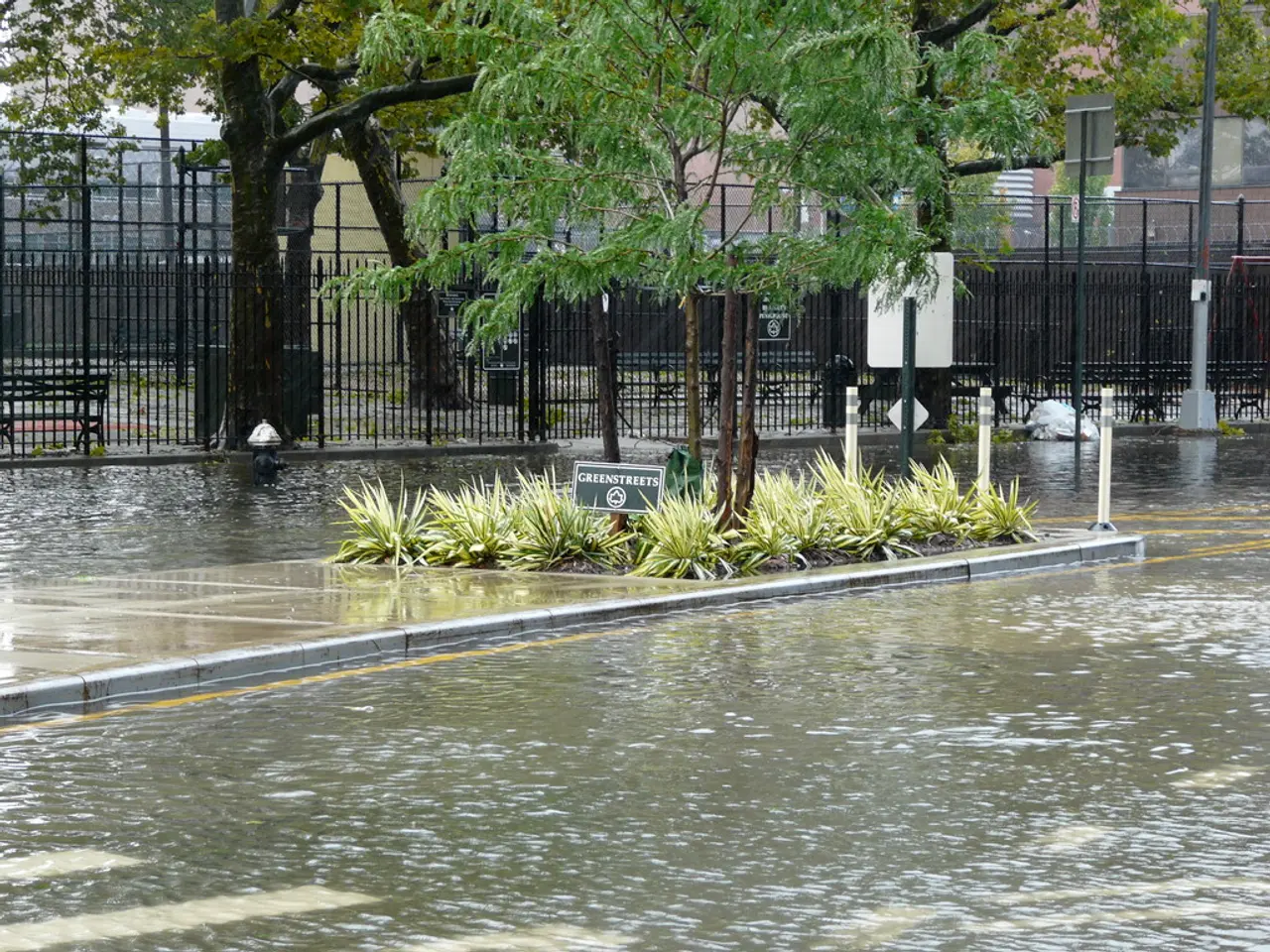International Agreement Focused on Ocean Cleanliness: Cross-Border Pact Aims to Combat SD Sewage Discharge into Ocean
In a significant move aimed at resolving a decades-long environmental and public health crisis, the United States and Mexico have signed a Memorandum of Understanding (MOU) on August 24, 2025. This agreement marks a joint commitment to end the raw sewage flow from the Tijuana River that has been affecting San Diego and Southern California.
The MOU outlines clear actions to address the issue, including funding, infrastructure expansion, accelerated project schedules, and binational cooperation.
Mexico has pledged to invest the remaining $93 million promised earlier under Minute 328 to fund infrastructure projects on their side. One of these projects involves the doubling of the capacity at the San Antonio de los Buenos plant in Mexico.
On the American side, the South Bay International Wastewater Treatment Plant is expected to increase its daily capacity from 25 to 35 million gallons by August 28, 2025. This expansion is four years ahead of schedule due to the MOU.
The agreement also includes a collaboration framework involving the U.S. Environmental Protection Agency (EPA), State Department, National Security Council, and Mexican counterparts for ongoing progress and oversight. Stress testing and acceleration of repair project timelines have been emphasised to ensure urgency and completeness.
This agreement was a direct result of negotiations following EPA Administrator Lee Zeldin’s visit to San Diego in April 2025. Local officials and community leaders have welcomed the plan as a durable, comprehensive solution designed with long-term factors such as population growth and maintenance needs taken into account.
However, it's important to note that the agreement does not provide a clear path for avoiding further complications related to the river's pollution. Beach closures due to sewage contamination have occurred for more than 1,000 days in a row, and the sewage contamination has caused health problems for Border Patrol agents, Navy SEALs, and locals.
The Tijuana River carries millions of gallons of raw and treated sewage from Tijuana to the Pacific Ocean near Imperial Beach. California is distributing air purifiers due to airborne contaminants from evaporated sewage foam in Imperial Beach.
Sarah Tancredi, a journalist and news reporter specializing in environmental and climate crisis issues, has been covering this story extensively. She hails the agreement as a sign of binational progress but emphasises the need for continued vigilance and action to ensure a permanent solution to this cross-border crisis.
The deal regarding the Tijuana River sewage crisis has brought hope to Imperial Beach, where residents have been dealing with the consequences of this crisis for years. Local proponents, such as Supervisor Paloma Aguirre, have called for a more straightforward agreement regarding the river and its pollution.
As of August 2025, the MOU outlines clear actions including funding, infrastructure expansion, accelerated project schedules, and binational cooperation to resolve this cross-border environmental and public health crisis fully and permanently.
[1] EPA Administrator visits San Diego amid sewage crisis talks with Mexico (NBC San Diego, April 2025) [2] United States and Mexico sign agreement to address Tijuana River sewage crisis (CNN, August 2025) [3] Tijuana River sewage crisis: What's in the new agreement between the US and Mexico? (Associated Press, August 2025) [4] Tijuana River sewage crisis: A timeline of contamination (San Diego Union-Tribune, August 2025) [5] Tijuana River sewage crisis: A comprehensive look at the MOU (San Diego Environmental News, August 2025)
- The Environmental Protection Agency (EPA) and other U.S. departments, such as the State Department and National Security Council, will collaborate with their Mexican counterparts under the Memorandum of Understanding (MOU) to oversee and ensure ongoing progress in resolving the Tijuana River sewage crisis.
- An NGO specializing in environmental science and climate-change issues, Sarah Tancredi, has emphasized the importance of continued vigilance and action to address the cross-border crisis and ensure a permanent solution.
- Courses focusing on ESG (Environmental, Social, and Governance) issues related to environmental and public health crises, such as the Tijuana River sewage crisis, could benefit from the general news coverage provided by media outlets like NBC San Diego, CNN, Associated Press, San Diego Union-Tribune, and San Diego Environmental News.
- The MOU, signed by the United States and Mexico, pledges to expand infrastructure and accelerate project schedules, specifically the San Antonio de los Buenos plant in Mexico and the South Bay International Wastewater Treatment Plant in the United States, to address the Tijuana River's environmental and public health issues caused by sewage contamination.







